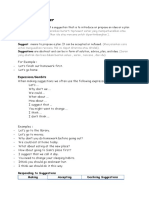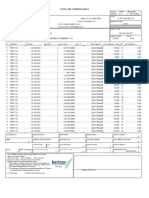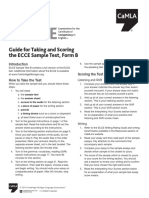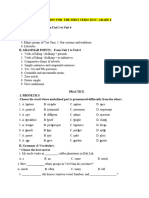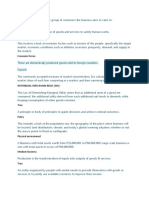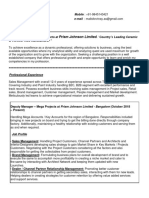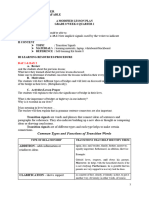0% found this document useful (0 votes)
45 views36 pagesSession 3 - Data Wrangling, Data Manipulation With Excel
The document outlines a syllabus for a Business Analytics course focused on marketing, detailing steps for problem-solving using data, including problem statement, data wrangling, data analysis, visualization, and communication. It emphasizes the importance of data cleaning, structuring, and verifying, as well as basic statistics and data types relevant to Excel and databases. Additionally, it includes practical exercises and group work to enhance learning and application of the concepts.
Uploaded by
MomoCopyright
© © All Rights Reserved
We take content rights seriously. If you suspect this is your content, claim it here.
Available Formats
Download as PDF, TXT or read online on Scribd
0% found this document useful (0 votes)
45 views36 pagesSession 3 - Data Wrangling, Data Manipulation With Excel
The document outlines a syllabus for a Business Analytics course focused on marketing, detailing steps for problem-solving using data, including problem statement, data wrangling, data analysis, visualization, and communication. It emphasizes the importance of data cleaning, structuring, and verifying, as well as basic statistics and data types relevant to Excel and databases. Additionally, it includes practical exercises and group work to enhance learning and application of the concepts.
Uploaded by
MomoCopyright
© © All Rights Reserved
We take content rights seriously. If you suspect this is your content, claim it here.
Available Formats
Download as PDF, TXT or read online on Scribd
/ 36


































































